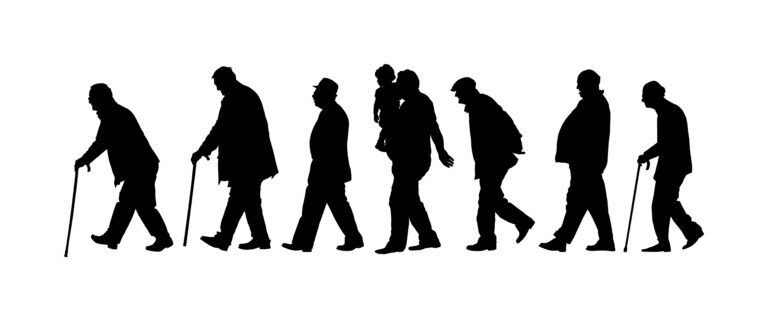Alzheimer’s disease is a type of dementia that affects the brain’s ability to remember and process information. As the disease progresses, it can become increasingly challenging for individuals to complete familiar tasks, such as tying shoelaces. As a friend or family member of someone with Alzheimer’s, it can be difficult to see them struggle with this once simple task. However, there are ways that you can help a person with Alzheimer’s tie their shoelaces with patience, understanding, and compassion.
The first step in helping a person with Alzheimer’s tie their shoelaces is to understand the impact of the disease on their cognitive abilities. Alzheimer’s can affect an individual’s motor skills, memory, and problem-solving abilities, making it challenging for them to complete tasks that require fine motor movements and sequential steps, like tying shoelaces. It is essential to be patient and understanding of their limitations and to approach the task with empathy rather than frustration.
Here are some practical tips on how you can help a person with Alzheimer’s tie their shoelaces:
1. Use Velcro or slip-on shoes: One of the easiest solutions to avoid the frustration of tying shoelaces is to switch to shoes with Velcro straps or slip-on styles. This eliminates the need to tie shoelaces altogether and can make the process of getting dressed much more manageable for someone with Alzheimer’s.
2. Simplify the lacing process: If the person is still able to tie shoelaces but struggles with the steps involved, you can simplify the process by using elastic laces or teaching them how to tie a basic knot instead of a bow. This will make it easier for them to master the task, and they will feel a sense of accomplishment.
3. Break down the steps: Tying shoelaces can be a complex task that involves several steps, which can be overwhelming for someone with Alzheimer’s. Breaking down the steps into smaller, more manageable actions can make it easier for them to follow along. You can also use visual aids, such as pictures or diagrams, to help them understand the steps.
4. Use verbal cues: While assisting someone with Alzheimer’s in tying shoelaces, it is crucial to use clear and concise verbal cues. For example, you can say, “Take the left lace and cross it over the right,” as you demonstrate the action. This verbal reinforcement can help them remember the steps and complete the task successfully.
5. Be patient and offer reassurance: It is essential to remember that someone with Alzheimer’s may take longer to process information and complete tasks. It is essential to be patient and avoid rushing them through the process. You can offer reassurance and positive reinforcement throughout the task to boost their confidence and encourage them to continue trying.
6. Practice, practice, practice: Repetition is key when it comes to helping someone with Alzheimer’s tie their shoelaces. The more they practice, the more likely they are to remember the steps and complete the task independently. Encourage them to practice tying their shoelaces every day, even if they are not going out. This will help them maintain their skills and feel a sense of achievement.
7. Seek professional help: If you find that your loved one is struggling with tasks like tying shoelaces, it may be helpful to seek professional help from an occupational therapist. They can provide specialized techniques and strategies that can make daily tasks easier for someone with Alzheimer’s.
In conclusion, helping a person with Alzheimer’s tie their shoelaces requires patience, understanding, and empathy. Remember to keep the process simple, break down the steps, use verbal cues, and offer reassurance and practice regularly. With your support and encouragement, they can continue to maintain their independence and feel a sense of accomplishment in completing daily tasks.





